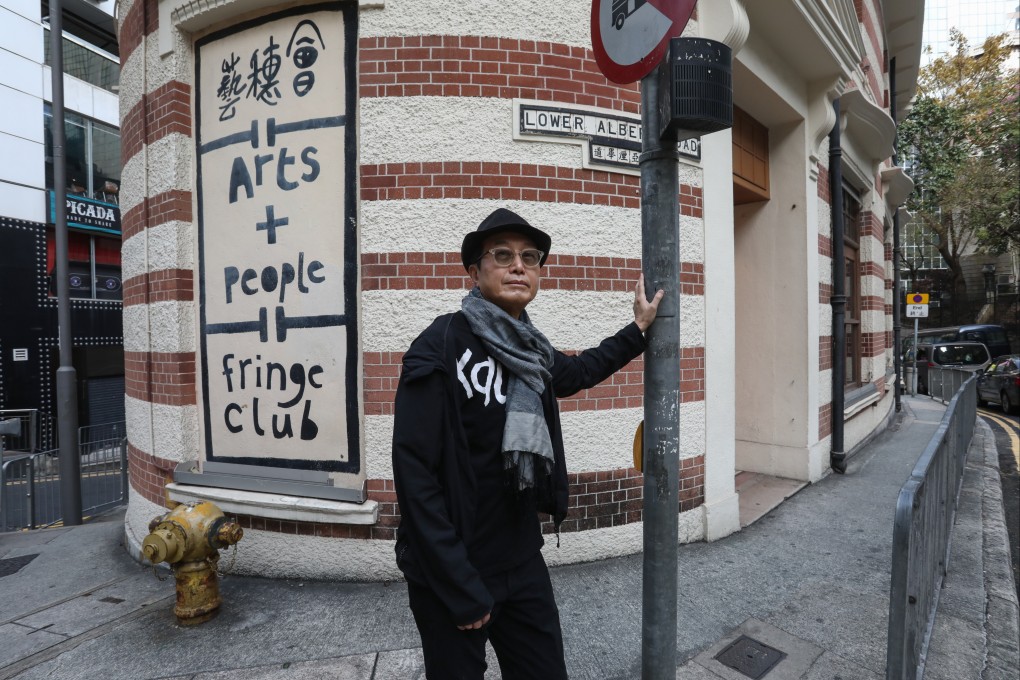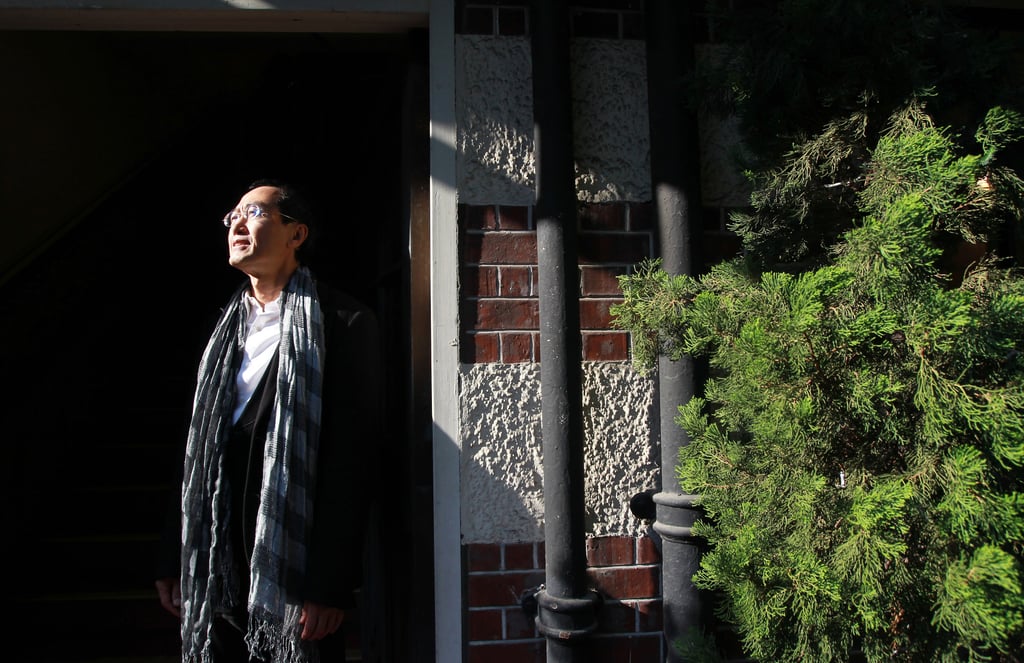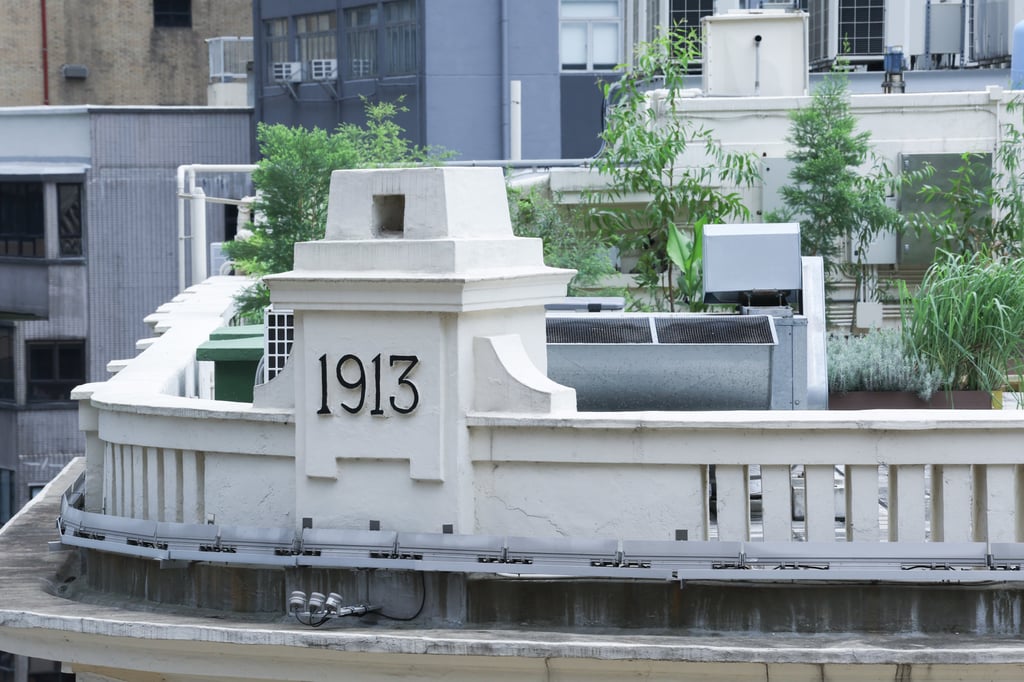How Hong Kong’s cultural hub came to be ... thanks to one man’s fascination with an abandoned building
In his new book, Benny Chia, founder of the Fringe Club, recounts his obsession with a building that became the heart of Hong Kong’s cultural life

It wasn’t part of Keith Statham’s [general manager of the Hongkong Arts Festival Society] plan to have the Fringe find its own orbit in just two years. It was supposed to be a satellite encircling the mother ship festival and called into action once a year. Keith was a strategist. Without his smart manoeuvring inside and outside the boardroom, the Hong Kong Festival Fringe wouldn’t have got off the ground in the first place. He knew there would be roadblocks. He knew his board members would question him on this untested and probably unsound idea. “What’d you know about Hong Kong?” they would ask. “We’re a far cry from Edinburgh. There’s just not enough going on to support something like the Fringe here.”
How could he get them to approve the spending and sign the cheques? Besides coughing up the set-up costs, there was the tricky part of giving continued funding to support the unwieldy Fringe after it was spawned.
At this juncture, the Honourable Mr E. Barrie Wiggham, commissioner for Recreation and Culture (now Culture, Sports and Tourism Bureau), came into the picture. He was on the festival board, and his opinions carried weight and could sway decision making. He’d make a powerful ally. Keith knew that and very much wanted him to side with his cause.

Barrie was more a maven than a briefcase-carrying government official in a pinstriped suit. He’d raised many eyebrows, riding a motorbike to work instead of being chauffeured like the other bigwigs. He had this handsome shock of wavy silver-grey hair (still has, I believe) that he liked to preen back with his ringed fingers. He was friends with Kris Kristofferson when they boxed for their college at Oxford, or so he said. He could charm and disarm the local dignitaries, equally at home chatting up the ladies or holding court in a peer group discussing government policies.
Keith detected a fun-loving side to him and […] they also felt that the strait-laced arts scene in Hong Kong could do with something offbeat and zany. At the next board of directors meeting, the item for setting the Festival Fringe was high on the agenda. Barrie led the discussion and made a convincing case of it, speaking from first-hand experience.

The motion was carried. On Keith’s recommendation, they agreed to my appointment, bypassing the usual recruitment procedures. The board also approved a budget to cover costs for the initial two years, as well as paying for Peter Tregilgas to fly to Hong Kong to give me a quick fix on “How to Mount and Operate a Fringe Festival 101”.
That was July 1982. I was given six months to launch. A very tight, eyeballs-busting schedule. I needed to find and set up an office and recruit an assistant right away.